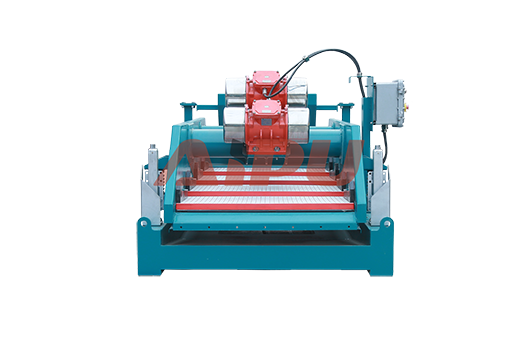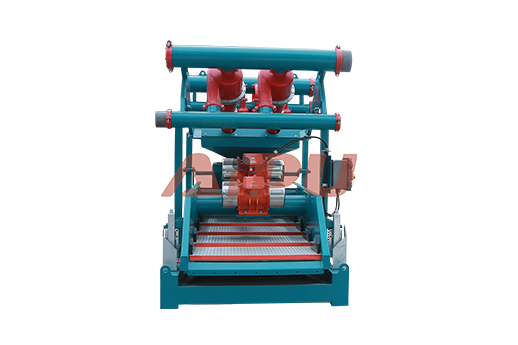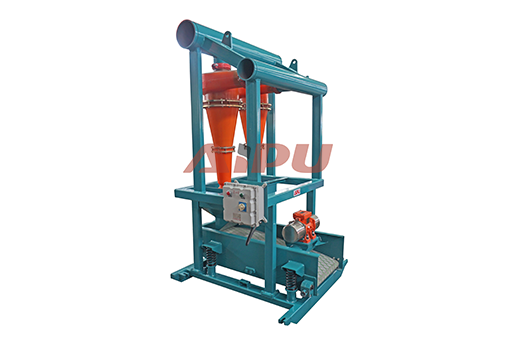How to Identify Worn Vibrating Components in Shale Shaker
Maintaining optimal performance in drilling operations requires vigilant monitoring of critical equipment like the shale shaker. The vibrating components are the heart of this machine, and their failure can lead to significant downtime and increased costs. Identifying wear in these parts before catastrophic failure is crucial for efficient and continuous solids control. Recognizing the early signs of deterioration allows for proactive maintenance scheduling.

Unusual Noises and Increased Vibration
One of the most common indicators of component wear is a change in the machine's acoustic and vibrational signature. Listen for new or intensified grinding, rattling, or banging sounds. These noises often point to issues within the vibrator bearings or loose internal parts. Similarly, if the entire shaker frame begins to shake more violently than its normal operating pattern, it suggests an imbalance, frequently caused by worn-out motors or damaged eccentric weights.
Decreased Screening Efficiency
A direct consequence of worn vibrating components is a drop in screening performance. You may notice an increase in liquid carry-over with the drilled solids or a generally wetter discharge. This happens because the screen is no longer receiving the correct G-force and motion to effectively convey solids and allow liquids to pass through. The shaker fails to perform its primary separation function, allowing fine solids to contaminate the drilling fluid system.
Visual Inspection and Physical Checks
Regular physical inspections are indispensable. Look for visible signs of damage such as cracks in the motor housing or on the vibrator assembly. Check for oil leaks from the vibrator seals, which indicate seal failure and imminent bearing damage. Feel the vibrator motors during operation; if they are excessively hot to the touch, it often signifies internal friction from failing bearings or inadequate lubrication. Also, inspect the rubber mounting springs or isolators for cracks, degradation, or permanent deformation, as these can drastically alter the vibration dynamics.
Monitoring Motor Current Draw
An advanced diagnostic method involves monitoring the electrical current draw of the vibrator motors. A significant increase in amperage often signals that the motor is working harder against increased resistance, typically from worn bearings or mechanical binding. Conversely, a current drop could also indicate a problem, such as a sheared drive key, causing the motor to run without its intended load. Tracking this data over time provides a valuable trend for predictive maintenance.
For operations demanding reliability and high performance, using quality replacement parts and equipment is non-negotiable. When it comes time for maintenance or an upgrade, Aipu offers a comprehensive range of robust and dependable solids control equipment and components, engineered to withstand the harsh conditions of drilling environments and ensure maximum uptime.







